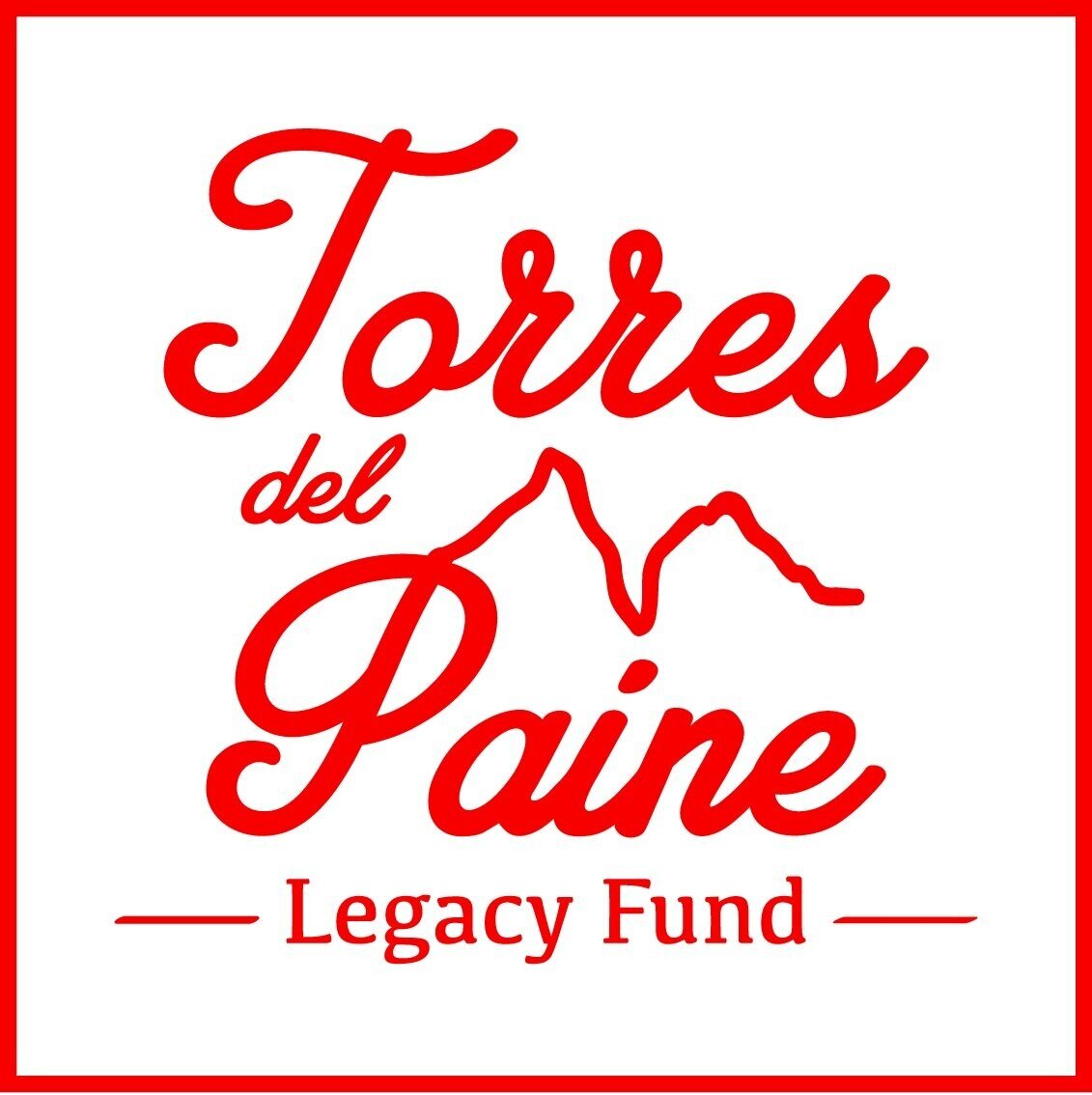
Conserving the Huemul and the Base of the Towers: Mitigating Tourism & Livestock Induced Human-Wildlife Conflict in Torres del Paine
New Project: Huemul/Jekčal conservation
-
Finance
The main funding for the project comes from the US government through USFWS – United States Fish and Wildlife Service, and is supported - through non-pecuniary contributions- by state agencies such as CONAF, SAG and the Chilean Ministry of the Environment.
The contribution of all our partners allow us to co-finance the different activities that are being and will be carried out by the project.

-
Main Goals
1) Prevent the fragmentation of the huemul habitat and improve visitor management through the sustainable restructuring of the public part of the Sendero Base de las Torres with interpretive information and a visitor management program.
2) Reduce threats posed by livestock in Torres del Paine by installing a 4 km wildlife-friendly fence in the Serrano sector of the park, monitoring habitat for the presence of huemuls, and ensuring public and private participation to avoid continuous threats from livestock.
3) Engage surrounding communities and stakeholders to raise awareness and sustained collaborative action for huemul conservation in Torres del Paine.
-
Expected Results
● Better protected huemul habitats in Torres del Paine National Park.
● Decreased risk of huemul habitat fragmentation in the Torres campground area.
● Decreased risk of disease transmission from livestock to the huemul.
● A shared commitment between CONAF and estancia families to reduce threats posed by livestock.
● A cohort of young Chilean stewards with the conservation and trail knowledge to support other protected areas and build future livelihoods in fields related to national park management.
● Improved visitor awareness and interpretation of cultural, natural, and protected area heritage.
● A safer, more educational, and more immersive visitor experience to the Base of the Towers.
● A stewardship program that allows visitors to participate in trail maintenance & conservation.
● A tourism value chain that upholds best practices in huemul conservation.
● Heightened community & visitor awareness, sustained conservation actions, and stakeholder commitment to conserving the huemul in Torres del Paine.
A wonderful being, unique in the world
Huemul (Hippocamelus bisulcus) or Jekčal in kawesqar language, also known as the South Andean Deer. Almost exclusively found in southern Patagonia in Argentina and Chile, the huemul is currently endangered and is found on the IUCN’s red list (Black-Decima et al., 2016). An MOU signed by Chile & Argentina in 2010 set the framework for binational actions to conserve the huemul and ultimately prevent its continued population decline. Currently, there are estimated to be fewer than 1,500 huemuls left between the two countries, and fewer than 1,000 in Chile alone (Berger et al., 2020) -- a grave prospect for Chile’s national animal.
Herbivores whose diets consist of as many as 70 different plant species, huemuls have found refuge in the dense Southern Beech (Lenga) forests and rocky, mountainous shrublands found throughout Torres del Paine National Park. However, even in a protected area like Torres del Paine, their conservation has become increasingly threatened by habitat fragmentation and disease, primarily due to two major human-induced threats: raising livestock and tourism (Briceño et al 2012, Vila et al 2019).
Often, when visitors think of Patagonia, the visual of a cowboy (gaucho) comes to mind. These descendants of the first Europeans to arrive in southern Patagonia built the foundation for local boom economies based on meatpacking, livestock production, and wool. Even today, many of these families maintain the customs and traditions of their ancestors. The vast pampas surrounding Torres del Paine remain privately owned by these families, most of whom continue to raise livestock.
Huemuls have been difficult to conserve in many national parks because of their often isolated and remote habitats, many of which lack the monitoring tools and access to effectively understand immediate threats to their survival (Kusch et al 2016).
Progress at march 2023
Participation of 30 young volunteers in 3 programs of 10 days of work, carried out in the months of November 2022, January 2023 and March 2023
More than 200 meters of trail reroute build, that decrease risk of huemul habitat fragmentation in the Base Torres area.
60 drainage works that correspond to around 3 km of improved trail, that create a safer visitor experience to the Base of the Towers.
Collaboration and work in progress with CONAF, Conservation VIP, Earthbound Projects and other local and international organizations, for the creation of a maintenance and management plan for the Base Torres trail.
Approach and conversations with Torres del Paine National Park neighbors in order to promote care and respect for the huemul habitat.
Next Activities
Workshop: To build local capacity and enhance local participation, and as part of Project Objective 3: Engage neighboring communities and stakeholders to raise awareness and create sustained collaborative action for huemul conservation in Torres del Paine; Legacy Fund will carry out a series of workshops and meetings to promote intersectoral community action towards the conservation of the huemul, next May 4th and 5th in Natales.
Photo Exhibition: Torres del Paine Legacy Fund, invites the residents of Magallanes to exhibit their photographs of the Jekčal / Huemul in the Torres del Paine National Park, in order to show visual aspects of the huemul and its habitats at the park acknowledging their presence as part of the local culture. Read the bases of participation here







